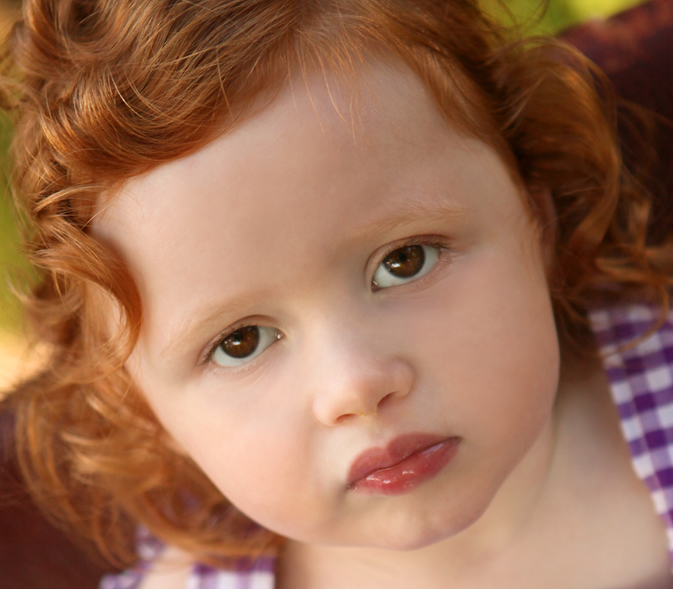Symptoms and Diagnosis
The symptoms of Batten disease stem from its classification as a lysosomal storage disorder, interfering with cells’ ability to break down wastes. The build-up of waste or, lipofuscin, causes cell death and leads to the early death of children and some adults. During the progression of the disease, which varies by type, the affected child or adult can experience a combination of some of the below characteristics. It is important to note, each presentation is unique and not all symptoms are present in every phenotype.
- Seizures
- Visual impairment/blindness
- Personality and behavior changes
- Ataxia
- Myoclonus
- Dementia
- Cognitive decline
- Psychiatric symptoms (i.e. aggression)
- Extrapyramidal symptoms (i.e. spasms, restlessness, rigidity, tremors, jerky movements)
- Loss of motor skills and the ability to walk, talk and communicate
Diagnosing Batten Disease
Families tell of very long diagnostic journeys, often years after the first signs of seizures or loss of sight. In a recent needs assessment completed by BDSRA, more than 30 different diagnoses were reported by families before the final Batten diagnostic determination.
Autism, seizure disorder, epilepsy, PDD and others are common early diagnoses. There have been recent improvements in genetic testing that have made diagnosing Batten disease much quicker and more reliable than in years past. Ultimately, we would like to see batten on newborn screening panels and are collaborating in efforts to do so.
Following a review of the person’s individual and family medical history and a neurological exam, several tests can be used to diagnose Batten disease and other neuronal ceroid lipofuscinoses. Currently, most diagnoses of Batten disease are made by genetic testing. Possible diagnostic tests include:
- DNA analysis/genetic testing. DNA analysis can confirm the presence of one of the mutated genes that cause an NCL disease, as well as be used in prenatal diagnosis of the disease. Increasingly, the NCL genes are being included on commercially available epilepsy gene panels.
- measurement of enzyme activity. Various enzymes are either deficient or missing in NCL disorders. Measuring enzyme levels can be used to confirm or rule out CLN1 and CLN2 disease.
- blood or urine tests. These tests can detect abnormalities that may indicate Batten disease. For example, elevated levels of a chemical called dolichol are found in the urine of many individuals with NCL. And the presence of abnormal white blood cells that contain holes or cavities—called vacuolated lymphocytes—is common to certain disease mutations.
- skin or tissue sampling. The accumulated lipofuscins form distinctive shapes—some look like half-moons while others look like fingerprints—when viewed under a microscope. The lipofuscins also take on a greenish-yellow color when viewed under an ultraviolet light microscope.
- electroencephalogram (EEG). An EEG monitors brain activity through the skull, using electrodes that are placed on the scalp. Telltale patterns in the brain’s electrical activity suggest an individual has seizures.
- electrical studies of the eyes. These tests, which include visual-evoked responses (which measure electrical activity in the brain generated by sight) and electroretinograms (used to detect abnormalities with the retina), can identify various eye problems common in several NCLs. And the greenish-yellow color of lipofuscins can sometimes be detected by examining the back of the eye.
- diagnostic imaging. Computed tomography (CT) and magnetic resonance imaging (MRI) create scans that can help doctors look for changes in the brain’s appearance.
Parents need to know their child’s diagnosis and prognosis. No matter how sad the news, it is very important to get a diagnosis as quickly as possible. Diagnosis means more time with family and less time searching for an answer. It allows families to connect to the support and information that a disease community like BDSRA can provide. Early diagnosis may impact eligibility for a clinical trial and can inform other family planning decisions.
One family shared the diagnostic journey of their son:
- Struggling with speech at 2 ½, in early intervention
- First seizure at age 3 with second seizure soon after and referral to neurologist
- Diagnosed with epilepsy after video EEG, MRI, bloodwork
- New neurologist diagnosed Doose Syndrome
- Intractable seizures led to keto diet and referral to Johns Hopkins, leading to genetic testing
- Diagnosis made after vision loss at age 4


Another family shared how a diagnosis unfolded for their daughter:
- By age 2 had tonic clonic seizure, were told it was a febrile seizure due to recently being sick.
- At age 4 experiences another tonic clonic seizure and memory loss begins
- Visited a pediatric neurologist that did not want to perform an EEG
- The tonic clonic seizures continued at age 5 and more visits to the pediatric neurologist
- When she was 6 she began hearing and talking to voices, the pediatric neurologist finally ordered the EEG and diagnosed her with epilepsy and age associated learning disabilities.
- Significant vision loss followed, suspected Retinitis Pigmentosa, but no suspected connection to epilepsy
- At almost 7 years old, an Ophthalmologist ordered an ERG to confirm RP which resulted in a Batten disease diagnosis, bloodwork confirmed this diagnosis more than 5 years from the start of her symptoms.


